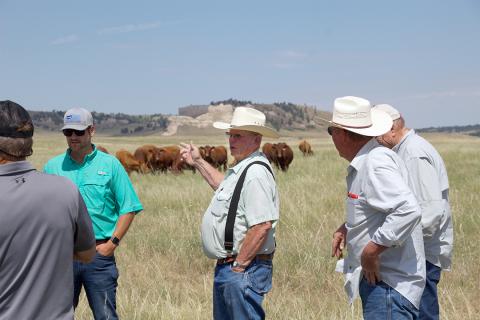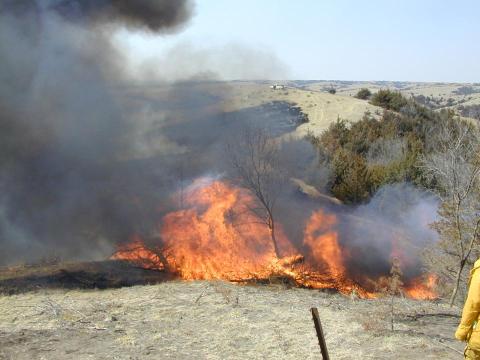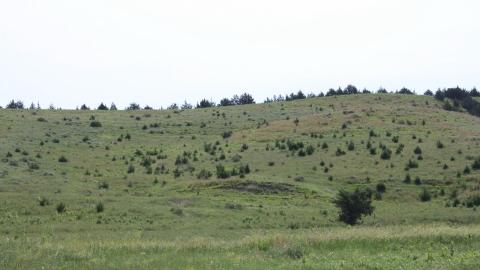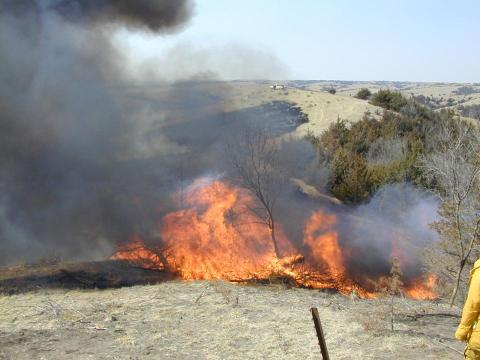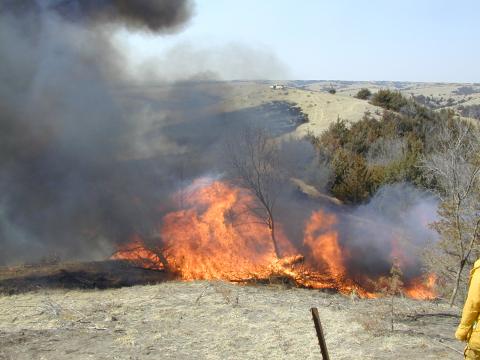Pastures in Western Nebraska Respond Positively to Cheatgrass Herbicide Management
August 1, 2024
So far, the UNL study has revealed an increase in biomass, nutrient quality and minerals, as well as livestock weight gain, following a combination treatment to control cheatgrass.
Barta Brothers Ranch Starting to See Results of Prescribed Burns
June 13, 2024
Throughout the project, researchers have observed increased vigor in the grasses, increased gains in cattle, differences in grassland bird communities and minimal changes in wind erosion across burned areas.
Pasture and Forage Minute: Red Cedar Control and Fall Hay Inventory
November 29, 2023
Recommendations for prescribed burning to control Eastern red cedar in pastures and rangeland, and fall hay inventory.
Funds Available to Help Restore and Protect Rangeland
January 31, 2023
Landowners interested in receiving funding to address the spread of invasive woody vegetation on rangeland should apply at their local NRCS field office by Friday, Feb. 17, 2023.
Pasture and Forage Minute: Controlling Cedar Trees, Net Wrap Health Concerns
December 14, 2022
In this installment of Pasture and Forage Minute, extension educators review the most effective strategies for controlling Eastern red cedar trees, and managing net wrap and twine issues for livestock.
Pasture and Forage Minute: Preparing Alfalfa for Snow, Controlling Eastern Red Cedar Trees
December 13, 2021
Extension educators discuss the importance of snow cover to alfalfa and how to prepare your fields for Mother Nature's insulation, and using prescribed burning to control Eastern red cedar trees in Nebraska.
Common Mullein Control: Herbicide Choice and Application Timing
September 20, 2024
Effective weed control in range, pasture and CRP depends on selectivity and timing. In selecting an herbicide for common mullein control, there are many options.
Nebraska Invasive Weed: Phragmites
June 8, 2020
The non-native species originated in Europe and was introduced into the United States along the east coast in the early 19th century. Today, non-native phragmites can be found over much of North America.
